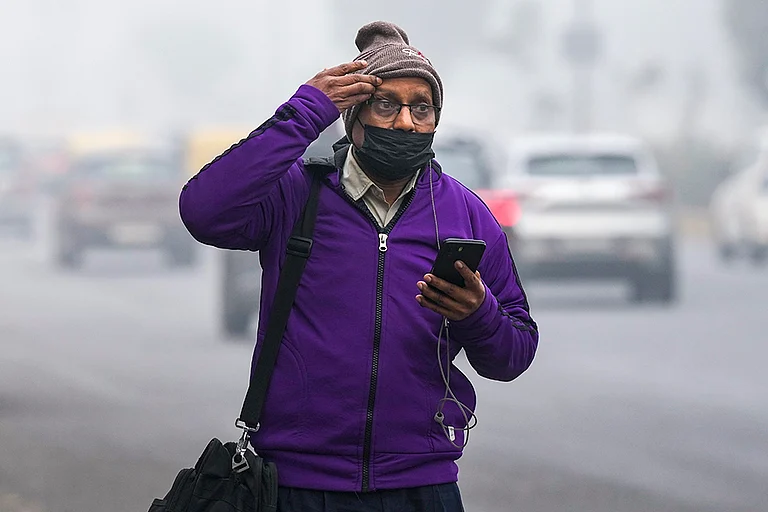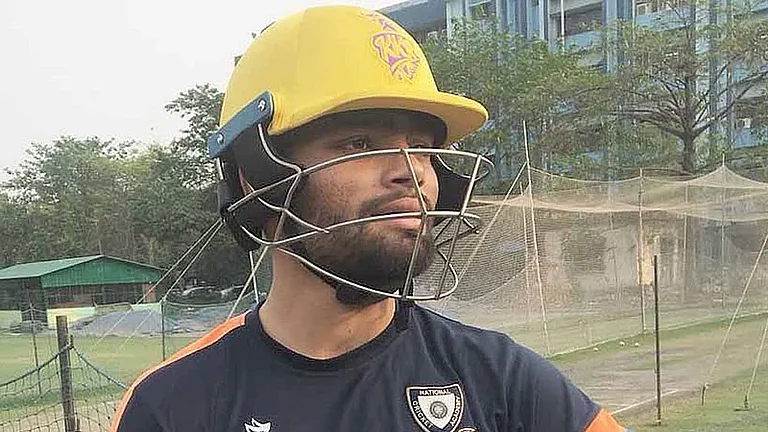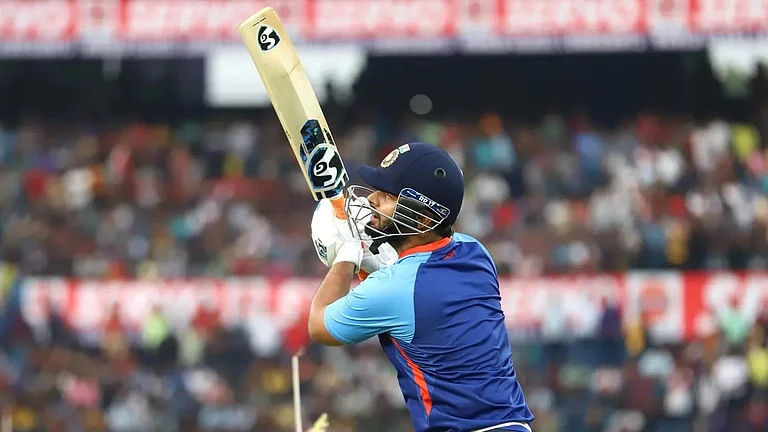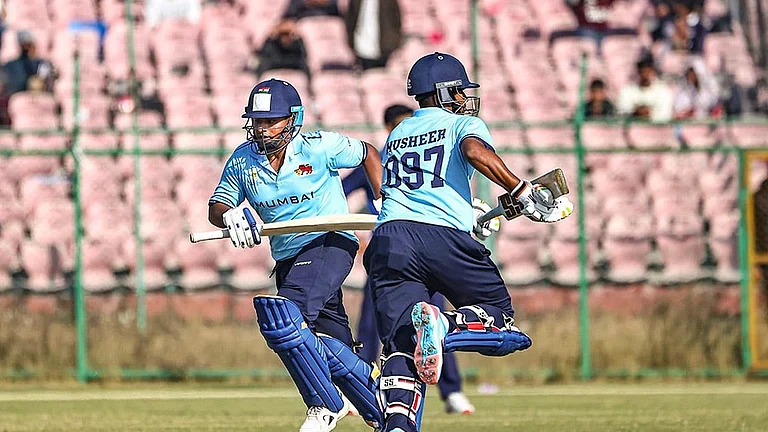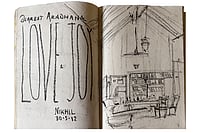Nausea served in the plate, the untouchable nausea
The disgust grows in the belly, the untouchable disgust
It’s there in the flower buds, it’s there in sweet songs
That a man should drink another man’s blood,
This is the land where this happens
This is the land of hellish nausea
—Sheetal Sathe in ‘Ek Maitra Raangadya’
At the top of the pole
planted in my vagina
the flag of our freedom shall fly
painted in the colour of blood.
—Sukirtharani in ‘Viduthalaiyin Pathaagai’
If I am not a Dalit, can I speak for them? That’s a question I have often encountered. I speak for myself. I speak for the sake of questions and for people who shared their stories, for writers who wrote their narratives and put them out in the world, and I speak as a woman, as a citizen of this nation where I often come across incidents of violence against minorities and lower castes and women, and as a reporter who is a witness and a chronicler.
I write as a woman who is aware of her privileges, as someone who is categorised as “general category”, and has to navigate through many unfreedoms. That’s my lens to look at caste. Ambedkar said women were the gateways of the caste system, which lay down a structure for the subordination of women. As a feminist, I thank him for giving us some rights.
Muniya and Gangajali. These were women who lived in the gaps between narratives. They were just there as props in the background. Untouchables and invisible and forever in the shadows. They are lost to me now but they made me ask my first questions about caste and women.
Muniya used to clean the toilets in the neighbourhood and before she came upstairs, she announced her arrival in a high-pitched voice. My grandmother would remove anything that lay in the path. Afterwards, Muniya would squat on the floor and tea was served. Her cup, which was always kept in a corner and never in the kitchen, had little pink flowers on it. The cup was pushed with a stick towards her. Muniya always wore a big bindi on her forehead. I still remember her face. It was decades ago.
I remember asking my grandmother why Muniya didn’t sit with her.
“This is how it is,” she said.
That wasn’t much of an answer. I asked her again.
“She is lower caste,” my grandmother said.
“What’s lower caste?”
I don’t remember if she answered that.
This was in Patna, Bihar where caste is so entrenched that it is a struggle to free ourselves of caste privileges or the stigma.
Gangajali used to take care of my grandmother when she had turned into an invalid. She would clean her, feed her and do everything that filled my family members with disgust. I remember Gangajali combing my grandmother’s hair. She did it slowly. With love. And yet, when my grandmother passed away, Gangajali was not even given a moment to grieve. She was thrown out. She picked up her meagre belongings and left. I saw her leave. I couldn’t do anything but I asked why they let her go and where would she go. She had nobody but us at the time.
In fact, the lives of the women in the household and of Muniya weren’t very different then. They were both oppressed in their own ways. Their bodies were the sites of control exercised by men. In Muniya’s case, it was more violent perhaps. More pronounced. More visible. But what’s not so visible exists too. That’s my way of trying to understand the hierarchies of the caste system where we, as women, are the gateways. We are lesser humans too.
We were casteless.
We didn’t have Ambedkar’s photo in our households. We saw him with one hand raised, the Constitution of India in his other hand, in spaces that were not part of our geography. Caste had even defied geography, science or any other disciplines that broke many myths, including that the world wasn’t flat but round. Caste has defied all attempts made to demolish it.
The general category people who had privileges, the greatest being that we weren’t carrying the burden of the stigma of being from the lower caste. We read about India being a modern republic and duty-bound to abolish caste but the abolition of caste was monopolised by the general category who became casteless and some even dismissed caste from their privileged positions and argued that economic opportunity heralded by the economic reforms in 1991 gave Dalits the opportunity to break out of their traditional occupations and start businesses.
But such claims are selective and reductive. Bonded labour system is still practised, and so is manual scavenging. I am still processing caste, but as a reporter, I have been a witness to the many unfreedoms that one inherits when one is born into a lower caste. There are no answers, but it is important to ask questions. There are no solutions either but that doesn’t mean we stop trying to look for those. Will caste end? I am not sure. Will it be neutralised with English education and inter-caste marriages and policy changes? I am not sure about that either.
Caste for the “casteless” like me is not supposed to exist. Not in our circles. Not in our textbooks. Not in our arguments. We are uncomfortable with it and therefore, it remains outside. But outside is a vast place. There are people like Muniya there. There are movements out there that have continued despite everything and there is fiction and poetry that tell us the unsettling truths. We just have to look outside.
This issue is for all of us. To act and to agitate. To keep the faith and to confront the realities. To love and to understand. To stand together and to demand answers and keep asking questions. This issue is for the sake of freedom for everyone. In the hope that we annihilate caste, we invoke memory to guide us through this. From the Dalit Panthers movement that was started by poets and writers who used words to fight against caste oppression, to other movements that emerged, we have tried to remember everything that built hope and in doing so, we pay an ode to the idea of freedom that has made it possible to resist everything that shackles us. It is an ode to hope itself. We hope that freedom comes. Even if it takes a long time, we will wait for the nausea to end and tell stories in the meanwhile.
(This appeared in the print as 'Unsettling Truths')








